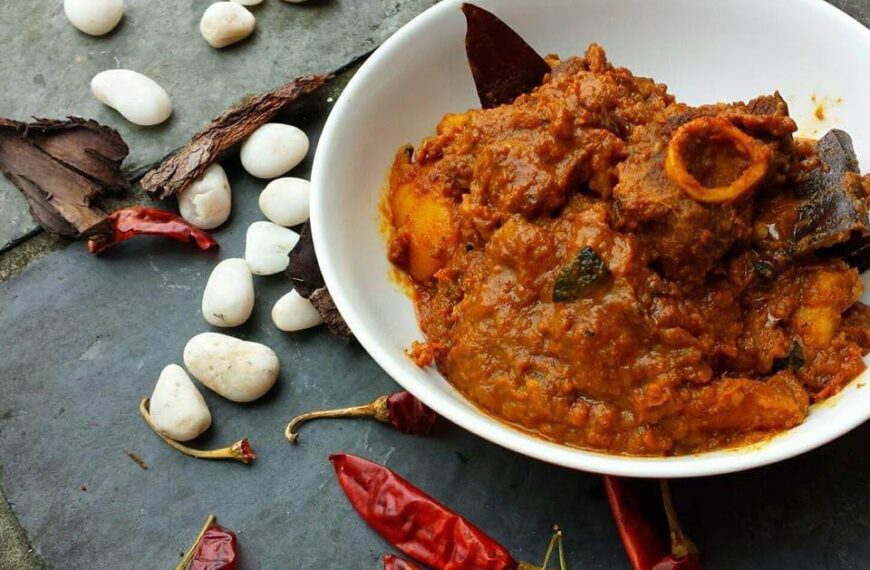Padmini’s narrative has found itself being retold in several ways over several centuries, in the form of poems, stories, dance dramas, comic books, plays, and films. Each retelling is unique in its way, located in the context of its own time, opines Tapati, with reference to the raging controversies, surrounding Sanjay Leela Bhansali’s film, in the regular column, exclusively for Different Truths.
Padmavati remains sinking in controversies, a few centuries ago and even today. Her story fascinates every poetic heart to pen lyrics of her ethereal beauty glorified with great sacrifice embracing death to save ladies’ modesty, as well as a rebel act against foreign invaders and cultural aggression in the fifteenth century onwards.
Padmini was the character of sixteenth-century poet Malik Muhammad Jaisi’s Avadhi poem Padmavat where Ratansen, the king of Mewar, comes to know of the heavenly beauty of Padmini, the princess of Simhala Dweepa, from the parrot Hiraman.
Jayasi’s poem was influenced by an earlier source, Sayachandra Suri’s Hammira Mahakavya, whose daughter was demanded by real Allauddin Khilji in exchange for the freedom of Chittor, which he had annexed. Padmini’s narrative has found itself being retold in several ways over several centuries, in the form of poems, stories, dance dramas, comic books, plays, and films. Each retelling is unique in its way, located in the context of its own time.
Sanjay Leela Bhansali’s Padmavati is just another illustration in the vast ocean of tales that exist about the mythical beauty Padmini.
The story of Padmini has every material to satisfy the glossy world of modern Indian films and the film on Padmavati has opened a new gate of feuds between intellectuals fighting for freedom of expression and creativity while another group trying to curb the picture for the sake of preserving history and culture of a particular community. People have taken to roads participating in violent protests, unfortunately, muttering slogans like parrots resulting in blocking the release of the film. 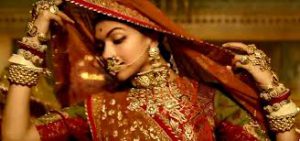
The urge to find for truth beneath historical fictions, films, and TV shows, takes my attention elsewhere, into the narratives of the popular two epics of India. The story of both the epics has undergone innumerable changes in different periods and regions; different poets have added events and sequences following their own creativity and imagination while local traditions have added extra flavours. In Ramayana, the central theme revolves around Sita, an abandoned girl child adopted as a daughter, being taken away from her husband by a demon king and the story continues wherein Sita had to walk through her fire test to prove the purity of her character. No question or protest was ever raised whether it depicted the truth. In Mahabharata, we find Draupadi, being born out of the sacrificial fire, forced to live with five husbands, getting disrobed in front of a court full of ministers and royalties and finally being blamed for the great battle of blood which killed most of the kings of the land. Nobody raised any question whether the truth was being shown and there were probably no descendants to take care of the humiliations both ladies had undergone. Serials on both the epics have been immensely popular with the Indian audience. The epic stories have been published in different regional languages as well and are read with much respect in Indian households.
A lot of historical films have been created; some were popular, others were not. Never a voice of objection or any violent protest was taken to this level where public were restrained from viewing and the TV serials or films were enjoyed and appreciated as work of imagination. Opinions differed but not deterred the creative minds entertainment being the main focus.
Why do we discuss only about fields of entertainment like TV and films? A good number of literary works dealing with historical and epic characters have been published and earned a good name for the authors. But nobody objected to their imagination rather savoured all the materials served, be it against history, culture and faiths of Indian people. Many times the so-called villains are shown with their positive aspects and heroes are fallen into dust penned by modern literature and these are appreciated as great works of creativity. No question asked!
In case of the film about Padmavati, the violent roar to stop the showing of the film ends up with a controversy regarding a dance sequence popular in Rajasthani culture. Queen Padmavati performing Ghoomar dance is said to hurt emotions of royal families, along with facts that it contrasted  prevalent social culture of a particular community.
prevalent social culture of a particular community.
Ghoomar dance had been performed by 2000 girls during the 1982 Asiad Games. We cannot also deny the fact being pointed out that queens never performed the Ghoomar in darbars neither the dance existed during Padmini’s time. Ghoomar is a ritual in marriages when a bride does the dance after being welcomed to her husband’s home at weddings of Rajput families. This form of dance is performed with an audience mostly of women. The dance form was developed by the Bhil tribe and connects different Rajsthani and Rajput communities. While the dance in the film reflects shades of the imagination of a modern mind to engross audience of present times it has lost the historical flavour to some extent in the process. But the question remains whether the culture developed and enriched over thousands of years is so fragile that a film sequence will shatter their framework? Can we deny that the world of entertainment revolves around the central theme of amusement and Indian films are well known for their songs and dance sequences?
India is a country of diverse cultures and customs practiced by a galaxy of communities living over a vast land through ages. It is difficult to satisfy every taste; but when a story with some historical background is made for an audience of such vast diaspora, it is an expected prudency that it will take care of not only freedom of expression but also not convey any distorted message.
My mind is caught in the whirling vortex of buffed coloured smoke raised by storm of news around the controversy; it reminds me of our old myth of churning the ocean by two opposite forces, the gods, and the asuras; as a result of mammoth churning, pots of poison and nectar came out and taken by those who deserved. Here I see the people reacting and churning the ocean of prevalent beliefs and thoughts widening the scope of the true facts to come out.
It is a matter of sense of responsibility of our people to respond, not get dictated by self-proclaimed leaders of the society. In a large democracy like India where people’s sentiment and verdict decide the ruling government, we can as well trust our people to filter and preserve the truth; creative minds need not be stopped to weave new concepts but ultimately the truth will prevail.
©Tapati Sinha
Photos from the Internet
#NowAndThen #Padmavati #Padmavat #HistoryAndMovies #HindiCinema #DistortionOfHistory #CreativeMind #Government #DifferentTruths

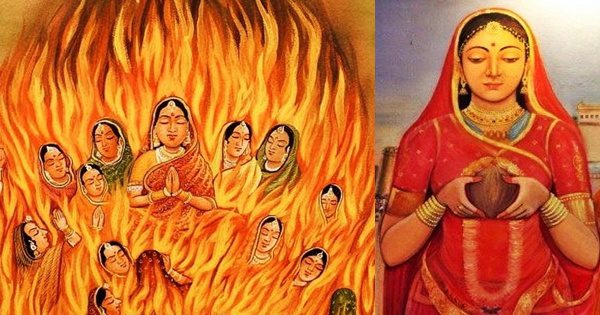
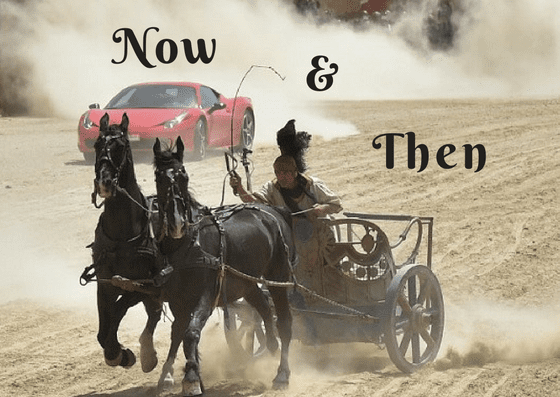

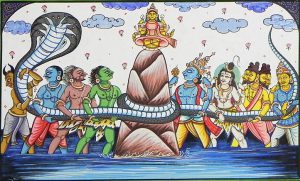




 By
By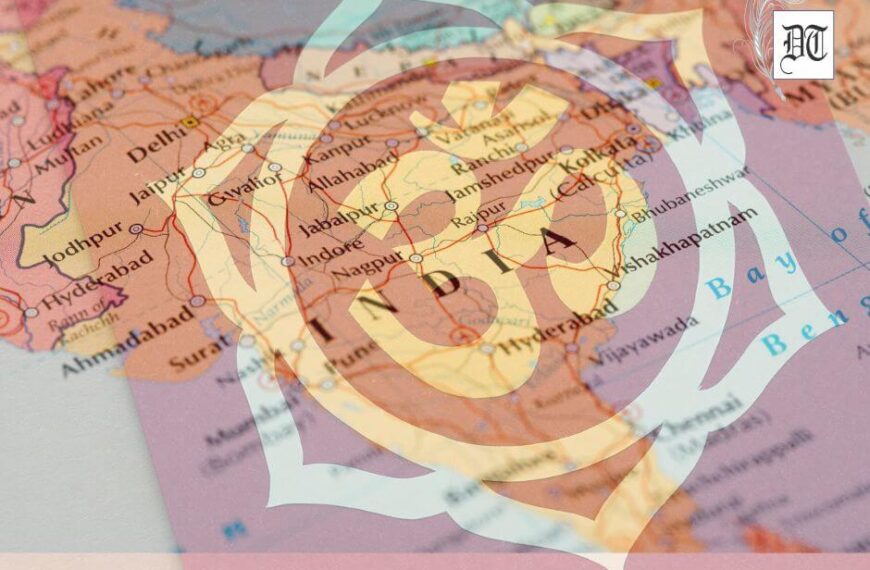
 By
By
 By
By